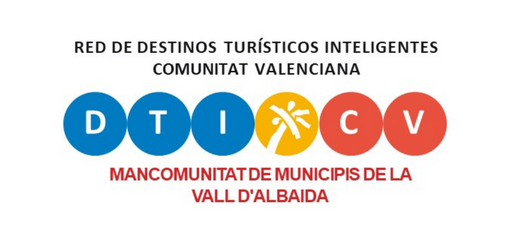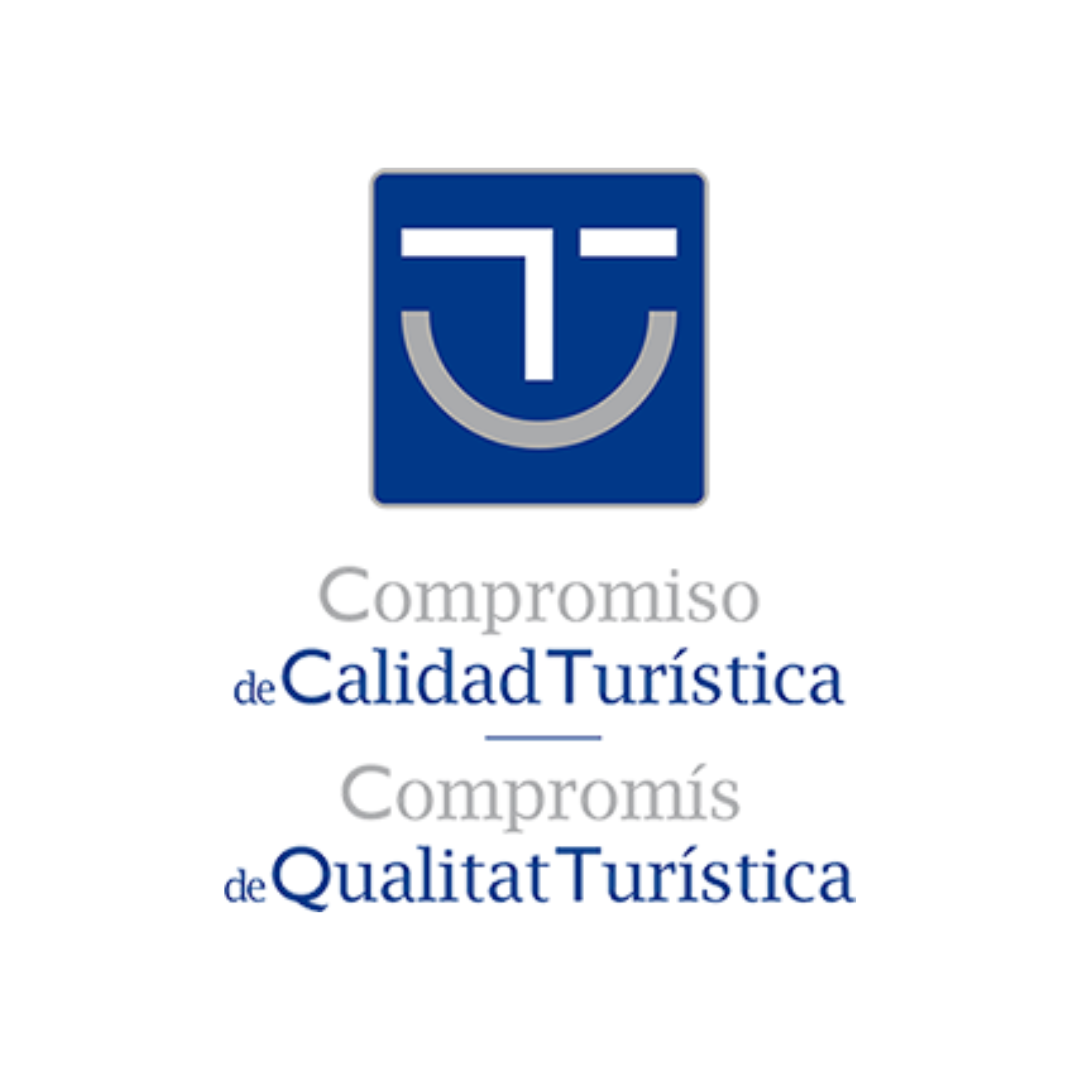LA VALL D'ALBAIDA
EXPERIENTIAL TOURISM
PROFESSIONAL AREA
DISCOVER US
WHAT WE OFFER
Bar
Bar-Pizzeria
Bar-Pub
Bar-Restaurant
Brewery
Café-Restaurant
Cheese factory
Coffee bar
Coffee-Pastry
Events restaurant
Ice Creams
International
Pub
Restaurant
Take-Away
Tapas
Taverns
Concert halls
Discotheques
Exposition halls
Multipurpose
Pubs
Recreation / Bowling Alley
Tourism promotion
Fashion
Feeding
Flower shop
Free Time
Health & Beauty
Home
Jewelry
New technologies
Services
Stationery and bookshop
Travel agency
Catering
Argentine grillBar
Bar-Pizzeria
Bar-Pub
Bar-Restaurant
Brewery
Café-Restaurant
Cheese factory
Coffee bar
Coffee-Pastry
Events restaurant
Ice Creams
International
Pub
Restaurant
Take-Away
Tapas
Taverns
Leisure Places
CinemasConcert halls
Discotheques
Exposition halls
Multipurpose
Pubs
Recreation / Bowling Alley
Tourism promotion
Shopping
ChildishFashion
Feeding
Flower shop
Free Time
Health & Beauty
Home
Jewelry
New technologies
Services
Stationery and bookshop
Travel agency
PLAN YOUR TRIP
 La Vall d`Albaida
La Vall d`Albaida 









 What to do now
What to do now Calendar
Calendar Local Products
Local Products Entities
Entities Hosting
Hosting Catering
Catering Leisure Places
Leisure Places Heritage
Heritage Events
Events Activities
Activities Paths
Paths Shopping
Shopping Industry
Industry Publications
Publications Services
Services Experiential tourism
Experiential tourism








